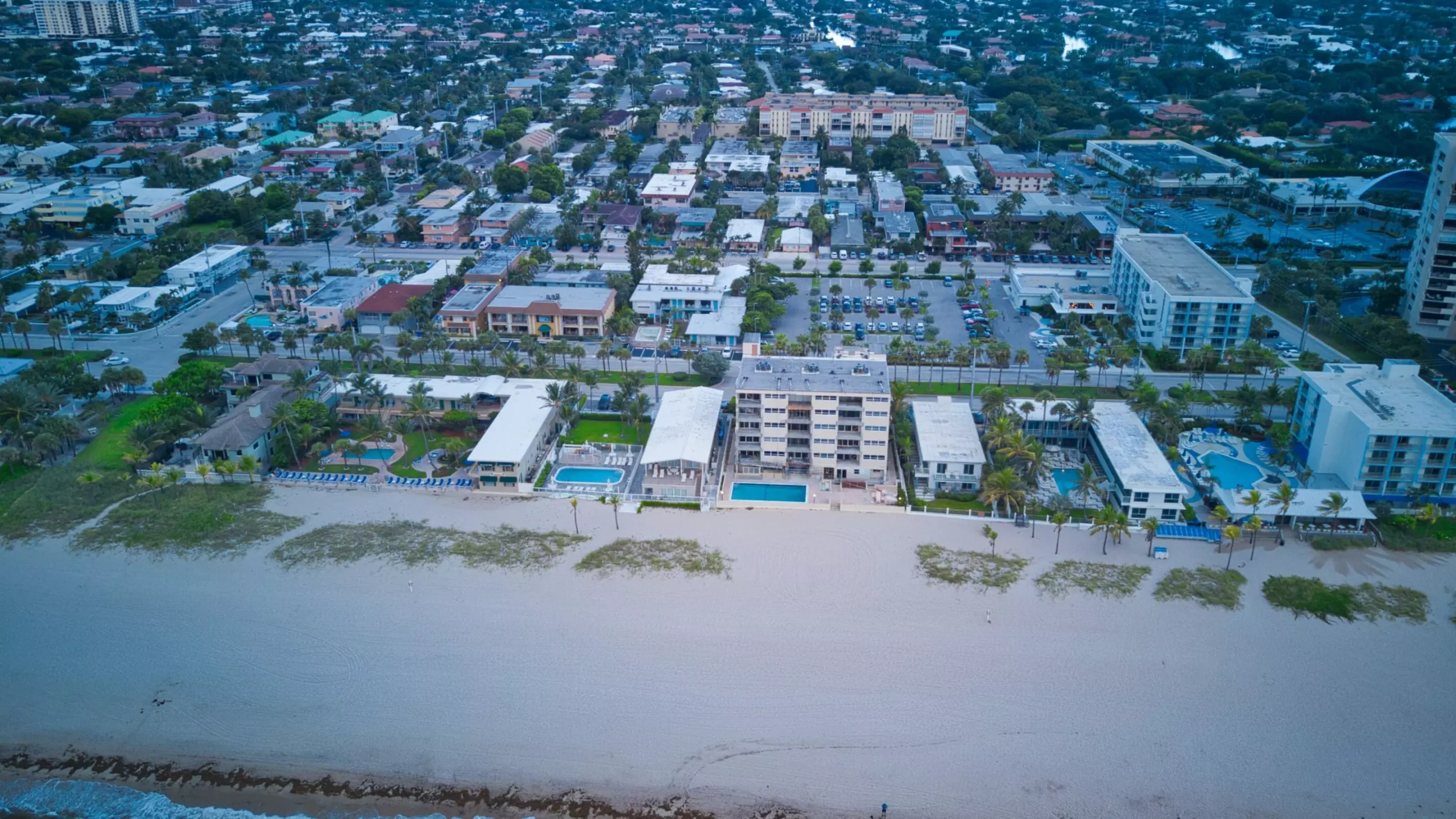As our planet grapples with the escalating consequences of climate change, recent years have been filled with ominous headlines detailing catastrophic events like raging wildfires, hurricanes of unprecedented strength, devastating floods, and extreme heat waves. The narrative around these changes often paints a bleak picture of impending doom. Yet a new study spearheaded by researchers at Dartmouth College provides a fresh perspective that challenges some of the most alarming predictions regarding sea level rise due to the melting of polar ice sheets. This research, while still acknowledging the serious implications of ice loss, suggests that one of the most extreme scenarios presented by the United Nations’ Intergovernmental Panel on Climate Change (IPCC) may be less likely than previously thought.
The most recent IPCC assessment report, released in full last year, raised the specter of a dramatically increased contribution from the melting of Antarctic ice sheets. The report posited that if these ice sheets were to collapse, average global sea levels could rise significantly—potentially doubling their projected rates by 2100, and tripling them by 2300. One striking projection included in the report suggested waters could rise by as much as 50 feet, a scenario so extreme that it would inundate the vast majority of Florida. This prediction, dubbed “low likelihood” by the IPCC itself, nevertheless attracted considerable public and political attention due to its staggering implications.
The Dartmouth study scrutinizes the IPCC’s projections, particularly focusing on the Marine Ice Cliff Instability (MICI) theory, which underpins these alarming elevation forecasts. The MICI mechanism suggests that should an ice shelf collapse, it could expose underlying, high cliffs of ice to gravitational forces that would lead to rapid and extensive melting. However, the Dartmouth researchers argue that this theoretical framework has not been adequately substantiated by real-world observations, as it has been previously tested using single low-resolution models. Their research employed three high-resolution models, which they believe more accurately reflect the intricate dynamics of ice sheet behavior.
By simulating the retreat of Thwaites Glacier, often referred to as the “Doomsday Glacier” due to its extensive melting and potential global impact, the study found that even under severe conditions, a rapid collapse predicted by MICI is unlikely to occur within the 21st century. According to lead researcher Mathieu Morlighem, the findings reveal that the physics underlying the extreme predictions cited in the IPCC report are flawed. Such miscalculations can provoke substantial repercussions for policymakers and urban planners, who rely on accurate projections for coastal infrastructure and emergency preparedness.
Morlighem emphasizes the real-world ramifications of high-end projections driven by models like MICI. Decision-makers in coastal communities may feel compelled to construct substantial barriers—like sea walls—or alternatively consider relocating entire populations based on these worst-case scenarios. Accurate data is imperative; if models suggest higher risks than reality holds, they may lead to unnecessary alarm and misallocated resources. “High-end projections matter in coastal planning, and it’s pivotal for us to establish their accuracy in terms of physical science,” Morlighem stated.
Nevertheless, the study is not dismissing the seriousness of ongoing ice loss. Rather, it aims to clarify misconceptions surrounding the extent and pace of these changes. Morlighem and his team make it clear that the challenges posed by retreating ice in both Greenland and Antarctica remain substantial, highlighting that today’s models still foresee significant ice loss and its corresponding threat to global sea levels.
The focus on Thwaites Glacier is particularly telling; this glacier exemplifies one of the most vulnerable points in the Antarctic ice system. The team’s simulations analyzed different scenarios, comparing rates of retreat based on ongoing dynamics versus those predicted post ice-shelf collapse. Contrary to expectations set forth by MICI, their findings indicated that the glacier would not recede at the accelerated pace predicted by earlier models. Instead, removing the ice shelf allowed the glacier to move towards the ocean at a rapid but controlled rate, ultimately reducing the associated risks of catastrophic collapse.
What this nuanced analysis highlights is the complexity of glacial dynamics and the need for more sophisticated models to capture these interactions accurately. Existing models must evolve to incorporate new findings reflecting physical realities on the ground, thereby fostering a more pragmatic understanding of impending changes, especially in light of ongoing climate shifts.
The Dartmouth study catalyzes a dialogue within the scientific community about the need for rigorous and detailed modeling of polar ice dynamics. Collaborators from several institutions, including the University of Michigan and University of Edinburgh, emphasize that while the MICI theory may exaggerate the immediate risk, other mechanisms, like the established Marine Ice Sheet Instability (MISI), remain relevant and serious. Indeed, evidence suggests that this mechanism could contribute significantly to future sea level rise if current trends continue without intervention.
As the world continues to confront climate challenges, this study invites scientists, policymakers, and the public alike to recalibrate their expectations and risk assessments surrounding polar ice melt. While the specter of rising sea levels remains a pressing concern, reassessing our understanding of these processes could foster more effective and evidence-based responses to climate change—a vital step in safeguarding vulnerable communities and ecosystems globally.

